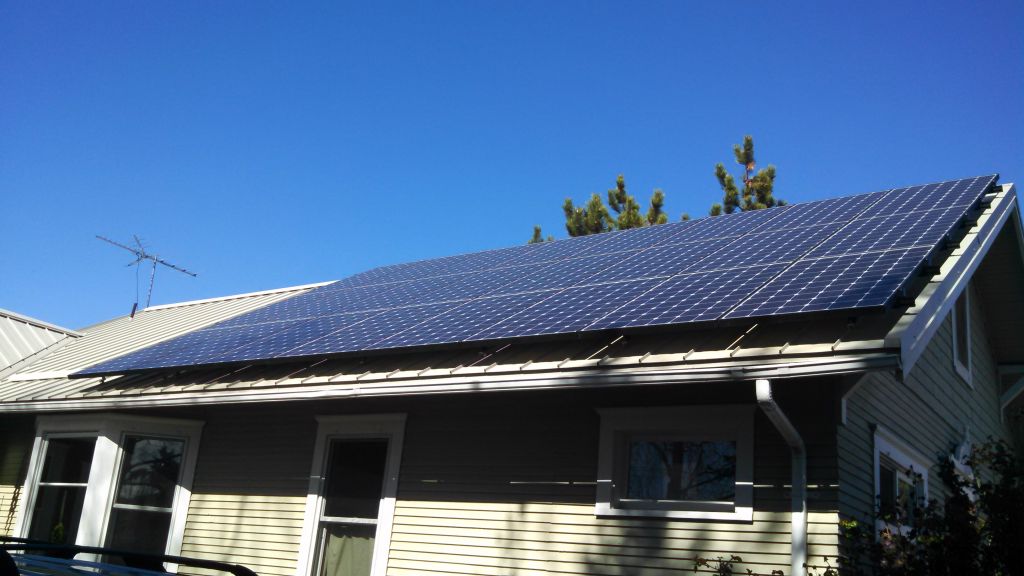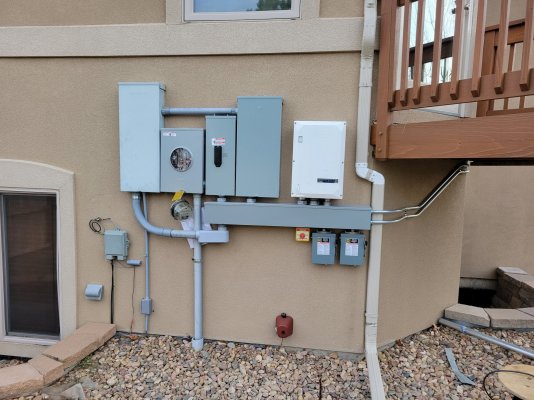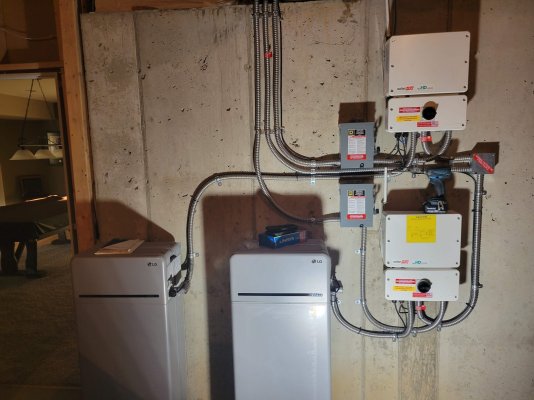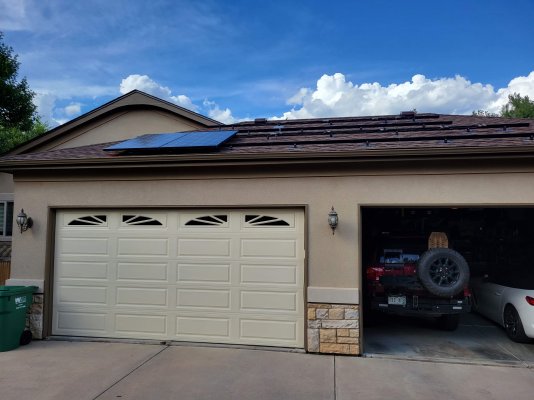I have Solar and didn't believe the payback graphs. I did it for other reasons. I also got two large batteries which really have no payback
Solar won't power the house in a blackout without a battery. The Battery will allow the solar energy to power the house and then take over when the sun goes down. I got two large batteries to cover me for two days without thee grid in poor weather. I am concerned about stability of the Grid against Hackers and other causes of a Grid failure. I know, a bit irrational

As far as the Solar System without batteries, I am starting to believe in the payback, although not a factor for me. I haven't paid for electricity in two years. Only the $5 connect to the grid fee. I bank what I produce above needs which covers me during the short and snowy months (Dec-Feb) when I use more than I produce.
Electrical rates also have gone up
I also converted two ACs to Heat Pump, which during the summer uses less electricity to cool and during the winter above 35 deg more electricity, but less gas.
The Heat Pumps have given me enough margin to cover an EV, which we will likely get for DW next year
I don't have the calculation or graph for payback. I look at it as reducing risk and eliminating a component of inflation for the future.
however, here is some data:
- I would be paying $2160 a year for electricity where I am not paying anything but the $60 grid connect fee. I was paying less per year, but electricity has gone up since I installed the panels. I used current rates per kWh. I believe in 2021 I paid $1750 for electricity
-Rates have gone up here charging more during the day for Peak usage until 7PM to discourage high use and AC's running all day during the summer.
-My Solar Panels less Batteries cost $31K
-My Tax Credit at 30% brought the end cost down to $22K
Now that I have two Heat pumps, Gas costs will come down, I don't have that data yet, just the summer AC replacement so far
When we get an EV and run it off the panels, Gas for cars cost will also be reduced.
So I believe there is payback. There isn't for Batteries though, I just wanted the capability




